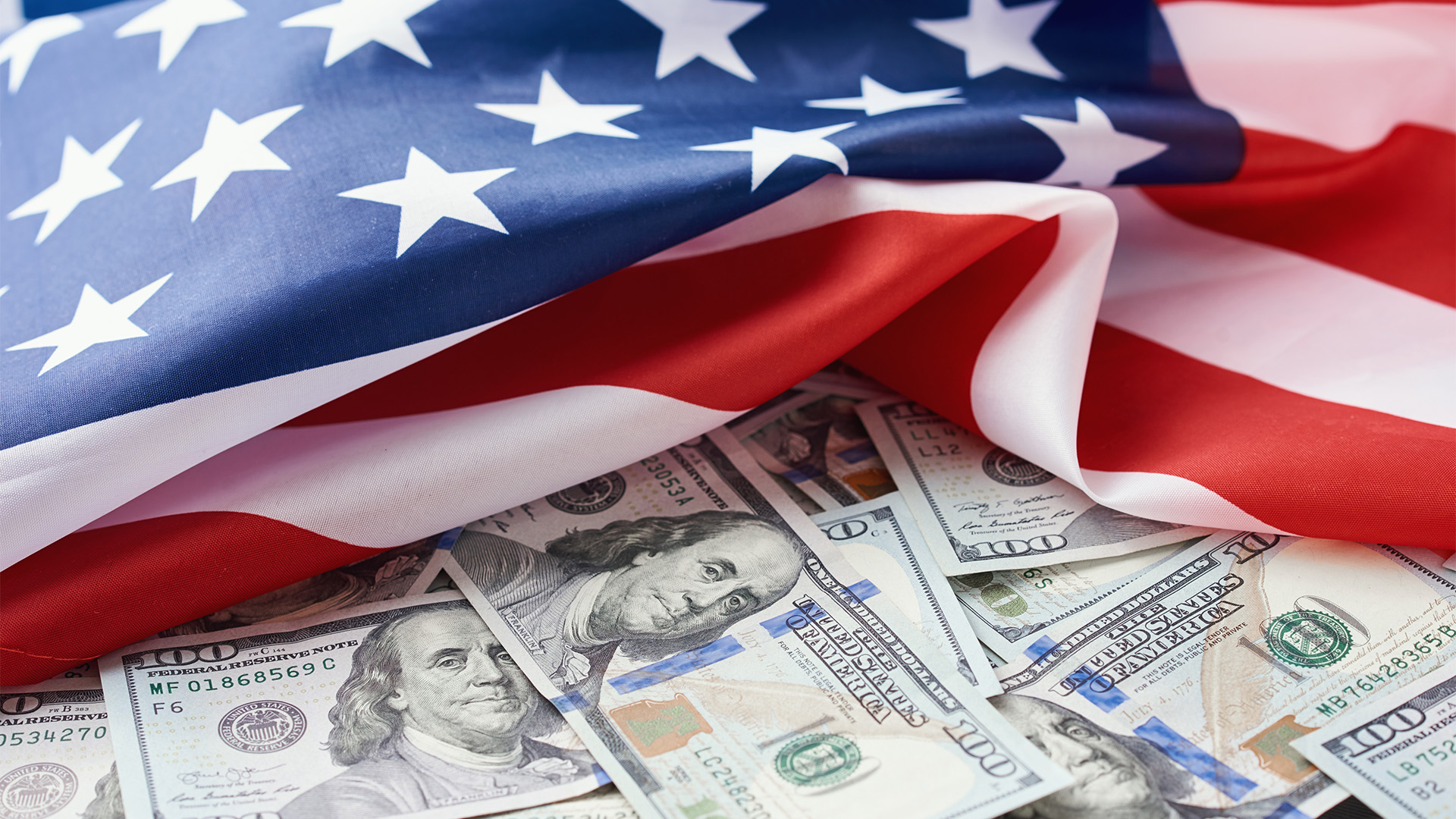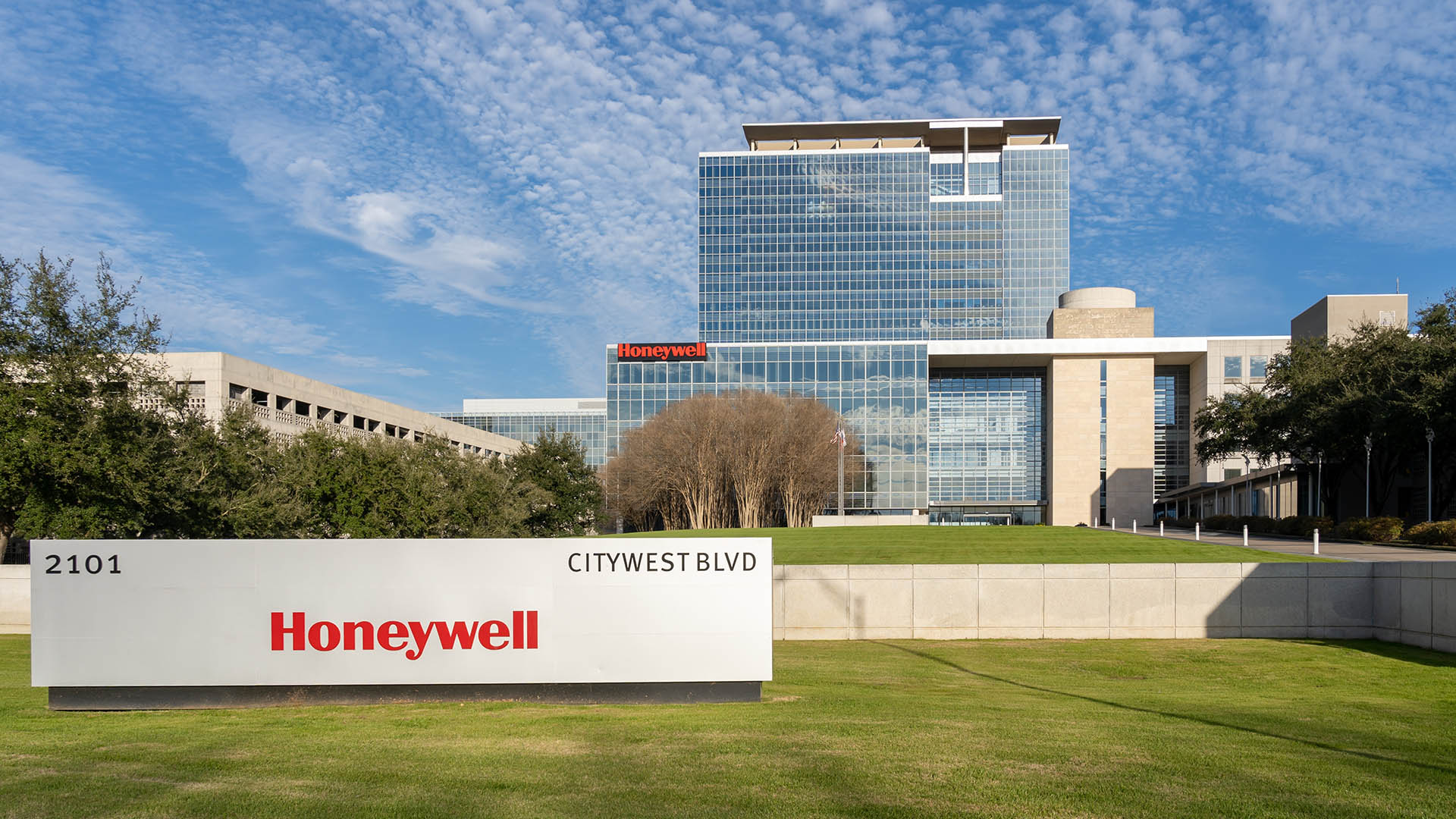Following Moody's and Fitch, S&P Global has joined the ranks of ratings agencies expressing concerns about the US banking sector. This comes in the wake of Moody's warning or downgrading the ratings of 27 US banks and Fitch's reminder of its downgrade in June of the sector's operating environment. S&P Global's move involved cutting or warning a range of mid-level operators in the sector.
The agency's decision is based on its prediction that funding risks and weaker profitability will test the credit strength of the US banking sector. S&P Global specifically downgraded the ratings of Associated Banc-Corp and Valley National Bancorp due to funding risks and a higher reliance on brokered deposits. Additionally, it cut the ratings of UMB Financial Corp, Comerica Bank, and Keycorp due to large deposit outflows and prevailing higher interest rates.
S&P Global also altered the outlook for S&T Bank and River City Bank to negative from stable due to factors like high commercial real estate (CRE) exposure.
The challenges faced by US banks have been exacerbated by the collapse of Silicon Valley Bank and Signature Bank earlier this year, as well as problems encountered by several other mid-level banks that experienced rapid growth. These issues led to deposit runs at numerous regional banks, despite emergency measures being put in place to restore confidence.
The recent notable rise in interest rates is further weighing on US banks' funding and liquidity. With US 10-year treasury yields surging beyond 4.2% and the 2-year T note yield surpassing 5%, even US mortgage yields have climbed to over 7%.
S&P's note revealed that deposits held by Federal Deposit Insurance Corp (FDIC)-insured banks will continue declining as long as the Federal Reserve continues its "quantitative tightening" policy – shrinking its balance sheet to reduce pandemic-related debt. S&P pointed out that federally insured banks are dealing with over $550 billion in unrealized losses on available-for-sale and held-to-maturity securities as of mid-year.
Moreover, the banking situation may worsen if the Fed keeps rates high for a longer duration than initially anticipated, further impacting the value of loans for borrowers seeking refinancing.
While S&P's move may dampen Wall Street sentiment and shift focus to escalating bond yields, China's economic struggles, and ongoing inflation concerns, the agency emphasized that its concerns do not pertain to all US banks. It clarified that 90% of the banks rated by S&P have stable outlooks, 10% have negative outlooks, and none have positive outlooks.














